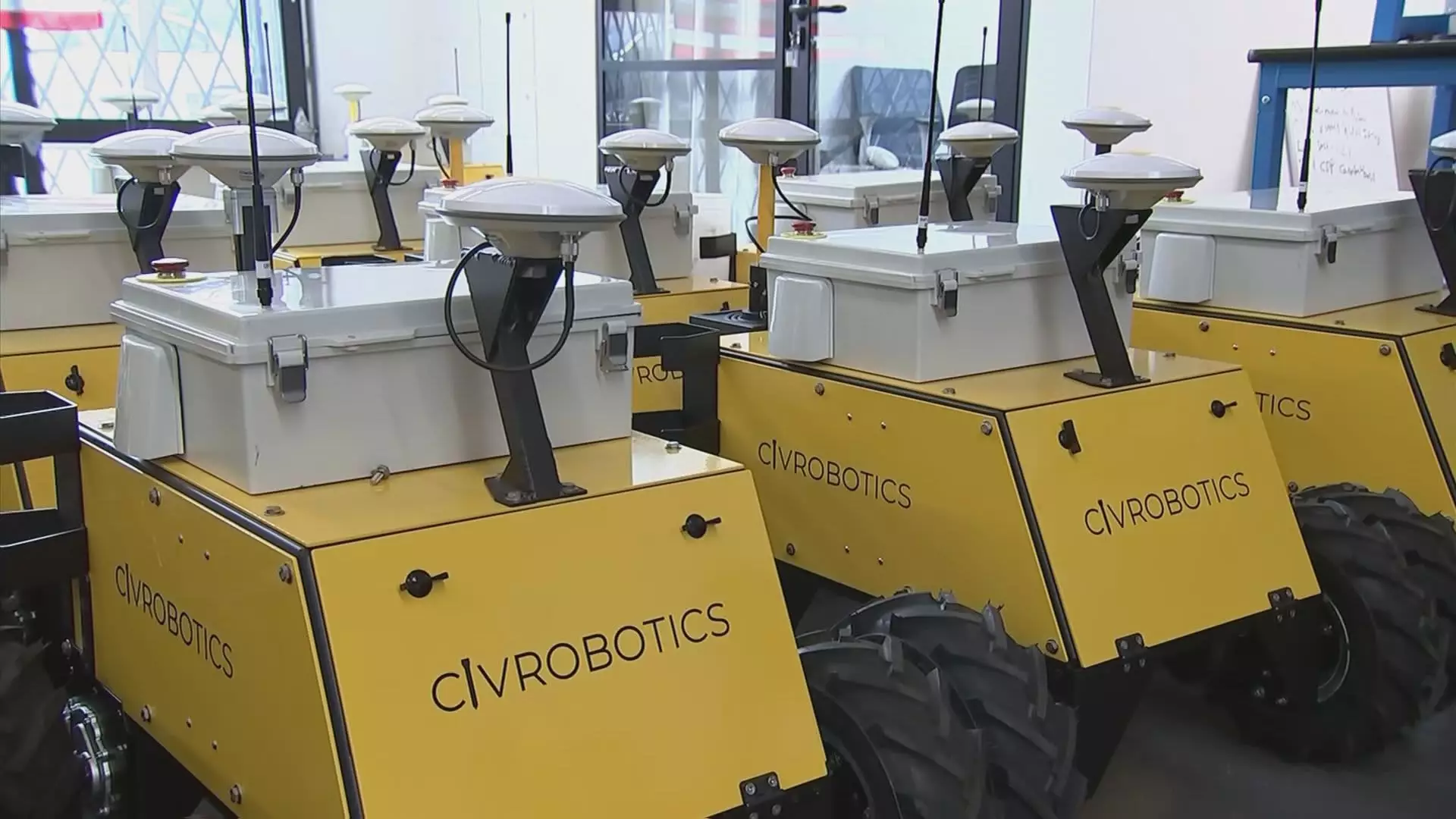The surge in private renewable energy initiatives signals a resilient sector, even when government support wanes. As solar farms stretch across rugged terrains and shake off unpredictable weather challenges, the traditional methods of planning and construction struggle to keep pace. Historically, manual surveying has been a labor-intensive and time-consuming process, often dependent on specialized personnel and fragile equipment. Yet, as technological innovation accelerates, a new paradigm emerges—robots are now redefining how we approach large-scale solar development. Far from being mere gimmicks, these advancements reflect a strategic shift that enhances efficiency, reduces costs, and enables projects that were once deemed too complex or costly to undertake. The narrative is no longer just about harnessing sunlight but about leveraging cutting-edge automation to unlock the limitless potential of renewable energy.
Robotics as Catalysts for Efficiency and Precision
The introduction of autonomous surveying robots, exemplified by CivDot, stands as a testament to how technology can overhaul traditional construction workflows. Unlike manual surveyors, who painstakingly identify and mark hundreds or thousands of points across uneven terrain, CivDot operates autonomously, capable of marking up to 3,000 layout points per day with an accuracy within a mere 8 millimeters. This leap in precision is not just a technical feat but a strategic advantage. When dealing with sprawling solar fields often situated in remote, rugged environments, precise layout planning is crucial to optimizing land use and minimizing future operational issues.
What sets CivDot apart is its ability to traverse rough, uneven terrain—outfitted with advanced navigation and geospatial mapping technologies that allow it to pinpoint coordinates with extraordinary accuracy. This means projects no longer need to depend on large teams of land surveyors working in often hazardous conditions. Instead, a single operator can upload project data into the robot, set the desired area, and let the machine perform the task with minimal supervision. This not only accelerates project timelines but also significantly curtails labor costs, enabling developers to reallocate funds towards other critical aspects like equipment procurement or environmental mitigation.
Disrupting the Construction Landscape: More Than Just Cost Savings
The implications of robotic automation extend beyond mere economic benefits. In the context of renewable energy, time is indeed money—faster project completion translates into earlier energy production and quicker returns on investment. Robots like CivDot are particularly valuable in terrains previously deemed too difficult or too expensive to survey accurately, opening new geographical frontiers for solar deployment.
Moreover, companies like Bechtel, a leading engineering and construction firm, have demonstrated that these machines can operate effectively in environments characterized by challenging conditions—thick mud, desert dust, and rocky soil. They have adapted strategies to accommodate terrain-specific constraints such as tire durability and battery management, exemplifying how flexible robotics solutions can be tailored to varied landscapes.
Yet, skepticism remains, especially regarding new technology in fields historically reliant on human expertise. Concerns about operational reliability, battery life, and maintenance costs persist. However, the proven ability of CivDot to perform at high throughput and accuracy dispels many doubts, illustrating that robots can indeed meet the rigorous demands of large-scale renewable projects. As this technology matures and scales, it is poised to challenge and eventually supplant traditional surveying methods, democratizing solar installation in previously inaccessible regions.
The Future of Renewable Construction: Embracing Automation and Beyond
The surge of investment into robotics for renewable energy underscores a broader shift in the industry’s mindset. Backed by notable venture capital firms and strategic corporate players like Alleycorp and Bobcat Company, these innovations hold the promise of transforming not just how projects are built but also how they are conceptualized and managed.
While competition exists—from robots used in highway and sports field marking—the specialized design and rugged terrain capabilities of CivDot give it an advantage in the solar sector. This technological edge underscores an essential lesson: industry-specific adaptations are crucial for success in autonomous systems. What works on smooth highways or flat fields might not translate directly to desert or mountain terrains, but as CivDot demonstrates, with focused engineering and strategic deployment, robots can excel where humans face significant limitations.
In the broader context, the integration of robotics symbolizes a pivotal turning point toward a smarter, leaner, and more sustainable renewable energy infrastructure. Their adoption signifies not just efficiency gains but a fundamental reevaluation of the skills and processes shaping clean energy’s future. As industries continue to embrace automation, we may witness a landscape where human labor complements, rather than competes with, robotic precision—driving faster build times, higher accuracy, and ultimately, a stronger push toward the global adoption of renewable energy.

